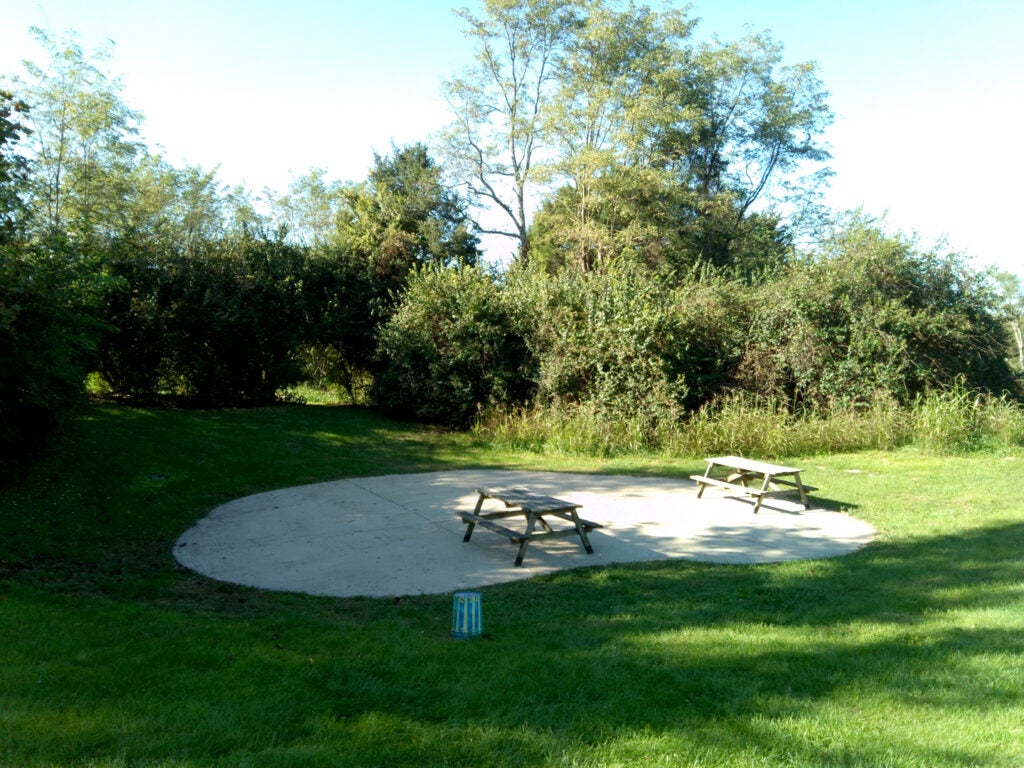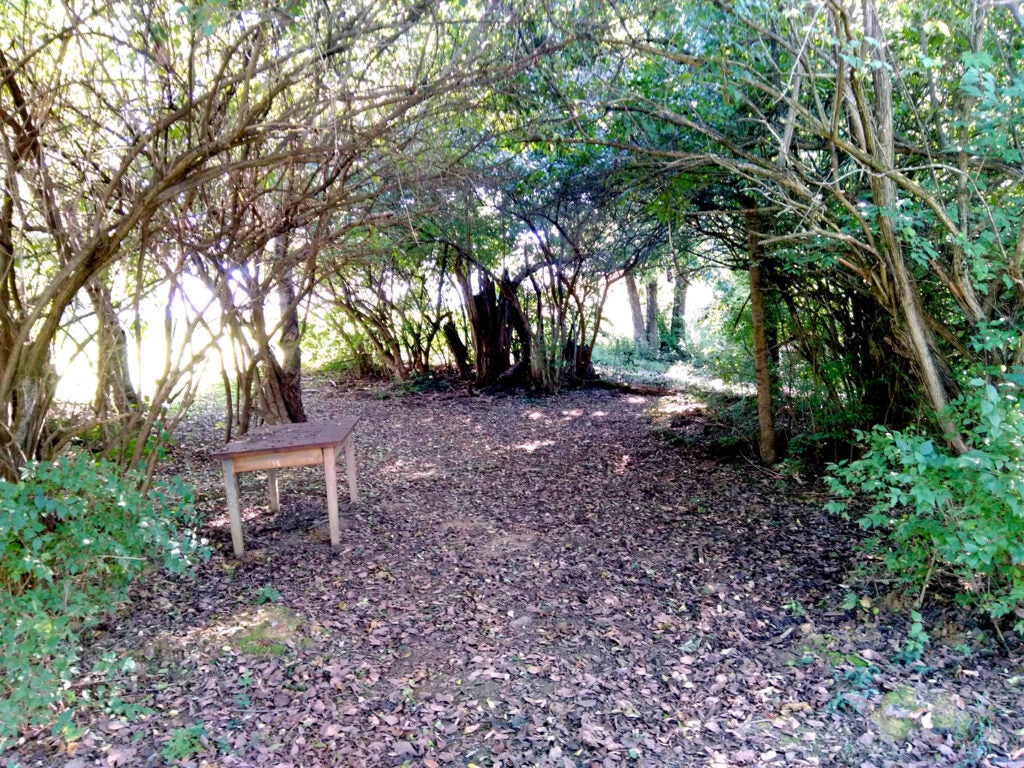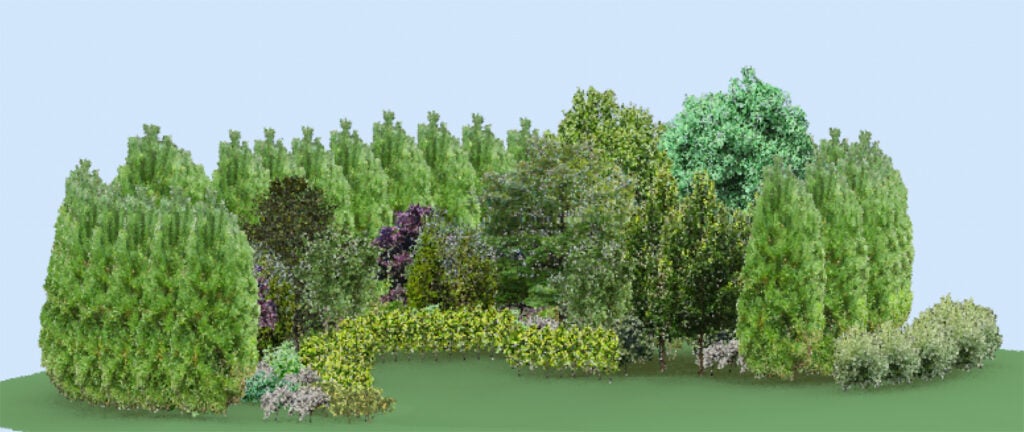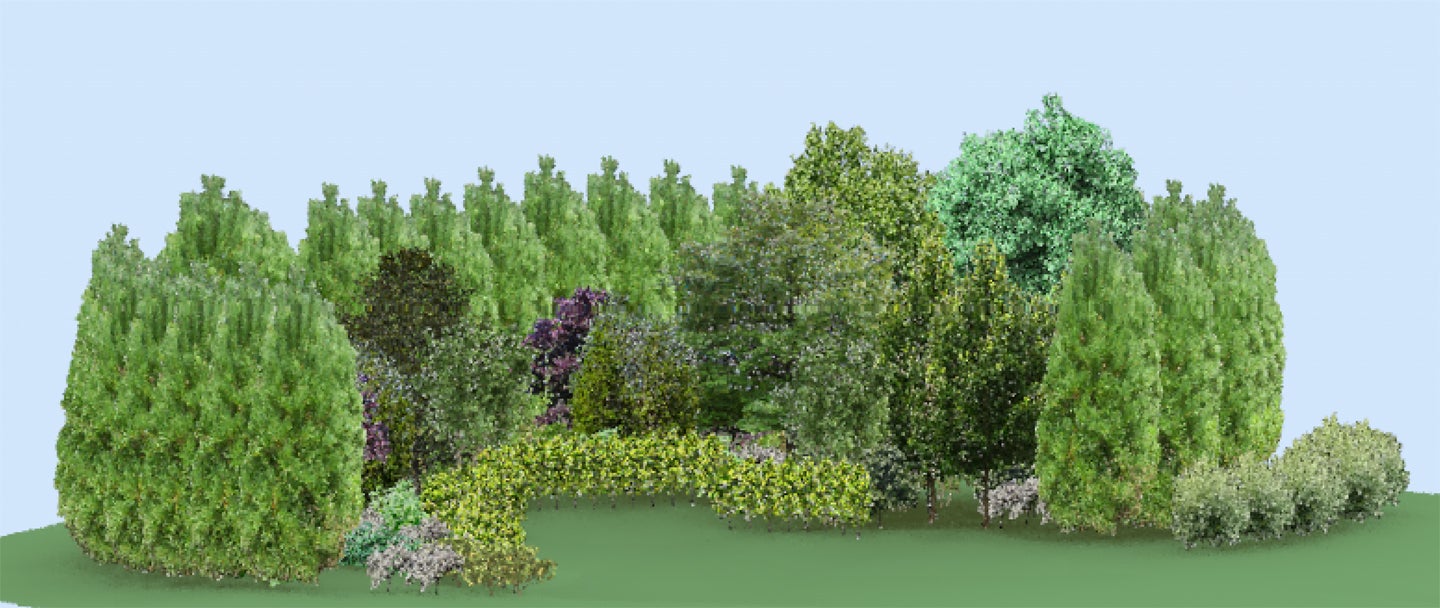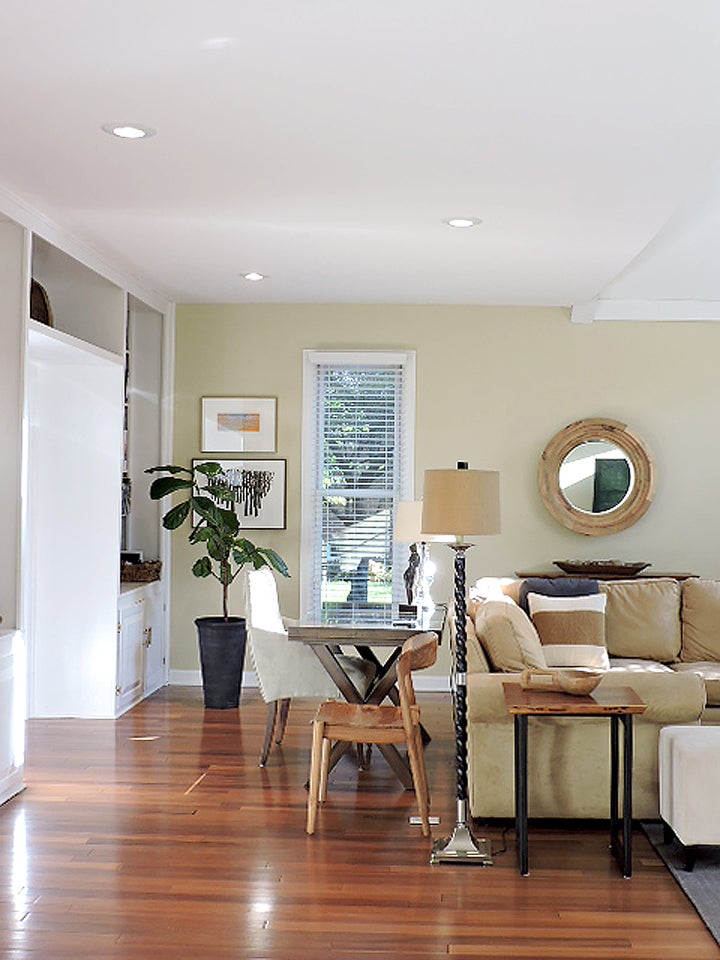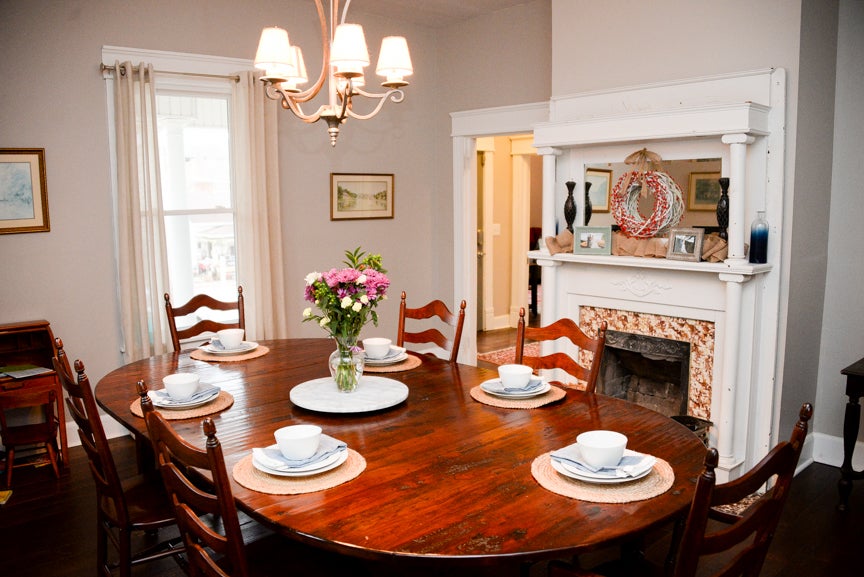By Becky Gatewood
“Art is harmony parallel with nature.”
-Paul Cezanne
When founder Melanie VanHouten opened Josephine Sculpture Park (JSP) to the public in 2009, her mission centered around creating a place where art could be used to bring people together. If that was the only goal of JSP, it could have been placed anywhere, even inside of a building.
In reality the vision behind JSP is very site specific. JSP comprises more than 30 acres of former agricultural land between Lawrenceburg Road and U.S. 127 South. VanHouten enjoyed the property with her grandparents as a child and the land itself has remained relatively the same as it was when she was growing up. The lack of development makes this spot ideal as a celebration of conserving Kentucky’s rural landscapes and as a palette for the park’s reforestation and conservation initiative GROW WITH US.
Inside Out Landscape Design has partnered with JSP for its GROW WITH US campaign. The initiative aims to implement a landscape design that will introduce more native plants to the park in the vicinity of the outdoor stage and amphitheater near the artist barn.
More specifically, the native trees and shrubs will be chosen based on their roles as host plants and pollinator supporters. Why is this significant? A host plant is one that is subsisted upon by specific organisms. In particular, Lepidoptera in our area require certain types of plants for food and/or for laying their eggs. Lepidoptera is the scientific name for an order of insects that include moths and butterflies. A caterpillar is the larval stage Lepidoptera.
One common example is the Monarch butterfly, which will only lay their eggs on milkweed (Asclepias spp). The resulting caterpillar will only subsist off milkweed until it transforms into a butterfly. These host plants are the foundation for a resilient life cycle, not only for native insects, but also for the animals that consume these insects — primarily birds.
So, let’s take a look at some of the key host trees and shrubs that are native to our area. Not all host plants have been evaluated for the number of species they attract. For those that have been assessed, the numbers in parenthesis represent the number of caterpillar species that particular native plant host: Oak (Quercus) trees rank highest among host plants as providers for Lepidoptera. With hundreds of oak species it’s no surprise they host more than 500 butterflies and moths nationwide. Other top contenders in our area include cherry and plum (Prunus) (456 species of caterpillars), willow (Salix) (455), spicebush (Lindera benzoin), pawpaw tree (Asimina triloba), beech (Fagus) (127), tulip poplar (Liriodendron tulipifera) (367), American Hornbeam (Carpinus Carolinians), hickories (carya) (235), river birch (Betula nigra) (411), witch hazel (Hamamelis) (63), sassafras (Sassafras albidum), American Linden (Tilia americana) (149), Serviceberry (Amelanchier) (124), black gum (Nyssa sylvatica), Arrowwood viburnum (Viburnum dentatum), and Virginia sweetspire (Itea virginica).
Let’s not overlook our evergreen host plants either. Pine (Pinus) (201), spruce (Picea) (150), hemlock (Tsuga) (92), and arborvitae (Thuja occidentalis) (50) are all native evergreens in our area that support Lepidoptera as host plants (n.a. “Native Caterpillars Moths and butterflies and host Native Woodies” Wild Ones Journal March/April 2014, 10-11).
As part of the GROW WITH US initiative, IOD created a design that incorporates native host and pollinator plants into a literal living sculpture that will be interactive, as well as beneficial to both wildlife and humans. It will be the first of its kind at JSP. In addition, as part of the GROW WITH US program areas of invasive bush honeysuckle will be removed by volunteers and repurposed into human sized nests.
JSP has partnered with Remove Invasives Partnership (RIP) of Franklin County and Kentucky State University to assist with removal of honeysuckle as part of the GROW WITH US program. RIP is a community group that works to educate the public on the impact of invasive plants, mitigate that impact through the organization of workdays where volunteers are welcomed to learn about invasives, and help physically remove them from locations around the county.
On Feb. 12, from 9:30 a.m.-noon, RIP and volunteers will assist in honeysuckle removal in the work area. You can sign up with RIP for this event or show up anytime. On March 17, from 10 a.m.-2:30 p.m., JSP will host an invasive removal workshop. Join Jody Thompson of Kentucky State University’s Forestry and Natural Resources program and Joyce Bender of Josephine Sculpture Park and Frankfort Audubon Society for a hands-on invasive plant management workshop. Registration is required by March 16 on JSP’s website. The event is free. All you need to bring are work gloves and a water bottle. Wear long-sleeves and long pants, as well as closed-toe shoes.
Inside Out Landscape Design is donating the landscape design, plant material (up to 100 trees and 50 shrubs), and installation once donations reach $125,000. A matching challenge of $55,000 has been established by the Rosens. Donations in any amount are welcome to support the GROW WITH US campaign. If the amount can be raised by the community it will be matched doubly with these two matches. Join us! Be a part of your community and help support one of our hometown gems.
For more information on GROW WITH US or to donate to the campaign please visit josephinesculpturepark.org/grow-with-us.
“Native Caterpillars Moths and butterflies and host Native Woodies” Wild Ones Journal March/April 2014, 10-11 https://newbritainboro.com/wp-content/uploads/sites/5/2016/06/Host-Trees-and-Shrubs-for-Moths-and-Butterflies.pdf was referenced in this article.
